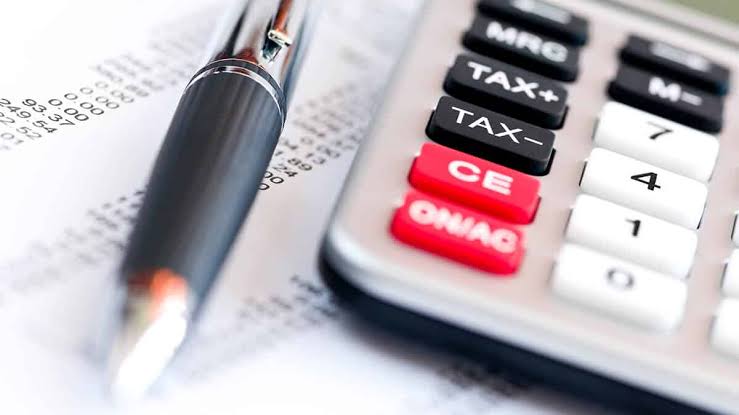Australia. The positive super and tax changes from July 1
All Aussie employees will receive 0.5% more as their superannuation guarantee lifts to 11% of their salary from July 1, up from 10.5%.
The biggest winners will be employees on award wages or enterprise agreements negotiated by a union because the superannuation will be paid on top of their wage. For example, an employee on a wage who is paid $100,000 plus superannuation is currently receiving $10,500 into their superannuation but from July 1, they will be paid $11,000 into superannuation.
Here are the other changes to super to help pump up your retirement savings.
july 1 super and tax changes
Government co-contribution
The government’s incentive to encourage Australians to contribute to their super with after tax money, known as the co-contribution scheme, remains at $500 maximum payment.
But from July 1, the lower-income threshold increases from $42,016 to $43,445 and the higher-income threshold increases from $57,016 to $58,445.
Super transfer balance cap set to increase
One of the main benefits of using your superannuation savings in retirement is that the investment earnings earned on your account-based pension account are typically tax-free. As well any pension payments from age 60 onward you receive are tax free.
The transfer balance cap is a limit on the amount of superannuation that can be transferred into retirement phase income streams, including most account-based pensions and annuities.
From July 1, 2023 the transfer balance cap will increase from $1.7 million to $1.9 million if you haven’t already moved money into an account-based pension before July 1, 2023.
All retirement products you have will count towards this cap, which is an amount managed by the tax office. You can continue to open multiple retirement income streams as long as you remain below the cap.
You can’t make additional non-concessional (after tax) contributions to your super once your super balance exceeds $1.9 million as of June 30, 2023. Pre-tax (concessional) contributions can still be made.
Increase to low-rate cap (taxed element) from $230,000 to $235,000
Are you between your preservation age and 60, retired, and want to access your super?
If so, from July 1, 2023, the amount of taxable super you can withdraw without paying tax will increase from $230,000 to $235,000. This is known as the low-rate cap amount.
Minimum pension from super drawdown rates doubled
In response to COVID-19, the government temporarily reduced superannuation minimum drawdown requirements for account-based pensions and similar products by 50% for 2019-20, 2020-21, 2021-22 and 2022-23 financial years.
But the reduction has been dropped and the minimum drawdown rate is back to where it was before COVID-19 for the 2023-24 financial year. Here are the new minimums from the tax office:
Increase to defined benefit lifetime pension cap from $106,250 to $118,750
If you are fortunate to receive a defined benefit lifetime pension, which gives you a stable income stream regardless of volatile markets for however long you live, there is an increase in the defined pension cap maximum from July 1, 2023, without incurring additional tax.
The new defined benefit lifetime pension cap is $118,750 for 2023-24, up from $106,250 in 2022-23. This gives you more retirement income without incurring additional tax.
Tax changes
If you don’t have private health insurance, once you reach a certain income level, you must pay the Medicare levy surcharge (MLS). From July 1, the income threshold MLS will rise. For singles it will increase from $90,000 to $93,000 before the tax applies, while for families it will increase from $180,000 to $186,000.
The family income threshold is increased by $1500 for each MLS dependent child after the first child.
Read more @moneymag











